Creating a smooth offboarding process
Employee turnover is an unavoidable part of running a business. Even companies with excellent recruiting and hiring practices encounter challenges as people move on to different opportunities. While HR often focuses most of its attention on recruiting and onboarding, it’s just as important to have a solid process in place for employees leaving your company.
The offboarding process is essential for both voluntary resignations and involuntary departures — like layoffs or firings. Offboarding is often tedious, but it’s worth the effort to do it right because of the valuable insights you can gain by communicating effectively with soon-to-be former employees.
What is employee offboarding?
Employee offboarding is the process an employee goes through when leaving their company. This formal separation may occur through termination, resignation, or retirement. Offboarding includes all processes that address the needs of both the company and employee when the employee leaves.
What’s the goal of the offboarding process?
Keep in mind that offboarding isn’t necessarily about trying to keep the employee with the organization. At this point, the decision has been made, and the employee is leaving.
An effective offboarding process aims to make the most of the situation, collect helpful information, and support the employee in this transition. Streamlined offboarding helps the employee exit smoothly while also giving your business time to understand the reasons behind their departure — if it was their choice.
An effective employee offboarding process ensures that you comply with employment regulations to avoid a wrongful dismissal lawsuit. Plus, you can implement procedures to prevent errors in the exit process. For example, you can have a procedure for collecting company-issued items, such as training manuals, security keycards, computers, or mobile devices.
Finally, consider the financial cost of an inefficient offboarding system. For example, an oversight in benefits changes can result in a company continuing to pay health insurance premiums after an employee has left. Be sure to close those loops.
Regardless of the size of your company, an effective offboarding process supports the HR department and saves your business money in the long run. Here are a few tips to help you create a smooth offboarding process.
1. Create an offboarding checklist for HR
What are the essential steps the HR team must follow when an employee is leaving the company? Create a document or reference sheet for staff members to use when offboarding an employee. Making a digital checklist is the simplest solution, because it gives everyone access through cloud-based platforms.
These are a few tasks you might include on an employee offboarding checklist:
- Collect a copy of the termination paperwork and letter of resignation.
- Schedule an offboarding meeting with an HR staff member.
- Update the employee database with termination information.
- Deactivate passwords and computer access rights.
- Process outstanding payments, including payroll and expense reimbursements.
- Process payout for accrued paid time off (PTO).
- Collect equipment and other company property.
- Transfer job responsibilities to other team members.
2. Provide the employee with an offboarding to-do list
In the same way that HR needs to follow specific steps to terminate the person’s employment successfully, the employee must complete certain offboarding steps as well. Provide the employee with a link outlining the steps they need to follow at the end of their employment, such as
- Recording and labeling essential information to hand off current projects
- Returning parking permits, key cards, company credit cards, and electronics
- Providing a forwarding address for tax form distribution and other essential documents
- Signing a conflict of interest statement or confidentiality agreement, if applicable
- Removing personal items from the office
Is there any other outstanding business the employee needs to address? Include these critical steps on their to-do list.
3. Complete an employee exit interview
While a face-to-face conversation is one way you can collect information in an employee exit interview, many people prefer to fill out a digital form. An online exit interview is convenient for both HR staff and the employee, and it provides a way for HR to collect useful feedback about why the employee is leaving.
The information you collect from an exit interview can help you make adjustments to your current business systems and reduce the risk of turnover in the future. Ask questions to gain insights about the following topics:
- Why the employee is leaving
- Potential issues the company can address
- What you can do to improve the situation that caused the employee to leave
- General feelings about the employment experience with the company
- What the employee did/didn’t like about working for the company
Ask for targeted feedback, but avoid asking targeted questions about specific issues or people. Keep the conversation work-related and professional at all times. The purpose of the exit interview is to listen to insights the employee is willing to offer without feeding into office gossip or complaints.
4. Automate the offboarding process
Automating the offboarding process is an effective way to reduce busywork and save time and money. Jotform’s customizable templates improve the process of collecting offboarding information from employees. Choose an exit interview template, then customize the form to meet your unique needs.
Available templates include
- Exit interview questionnaire
- Exit interview form template
- Exit interview questionnaire form
- Online exit interview form
A variety of other HR form templates are helpful for other tasks related to recruiting and managing employees. One notable benefit of using Jotform is that form submissions automatically populate the associated table in Jotform Tables, where you can review and analyze the information you gather.









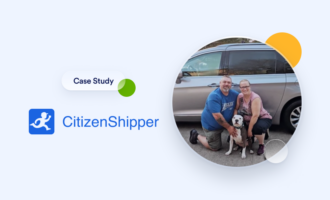
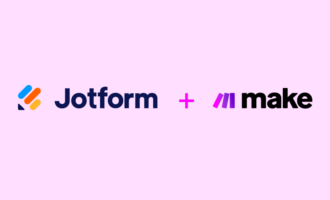















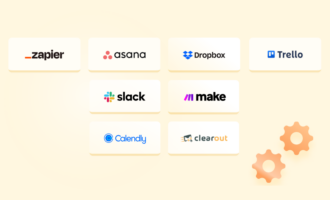







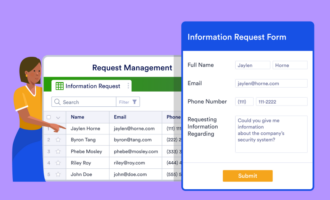



















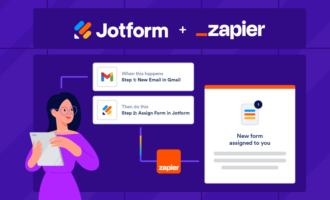
























Send Comment: